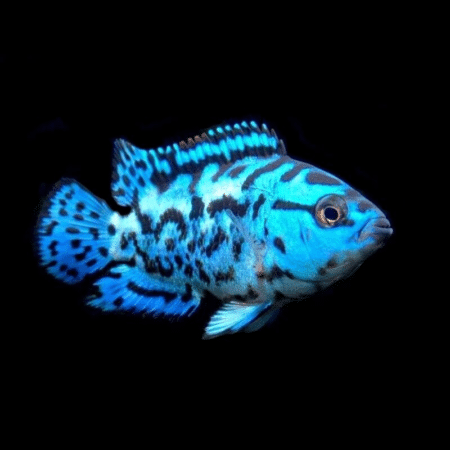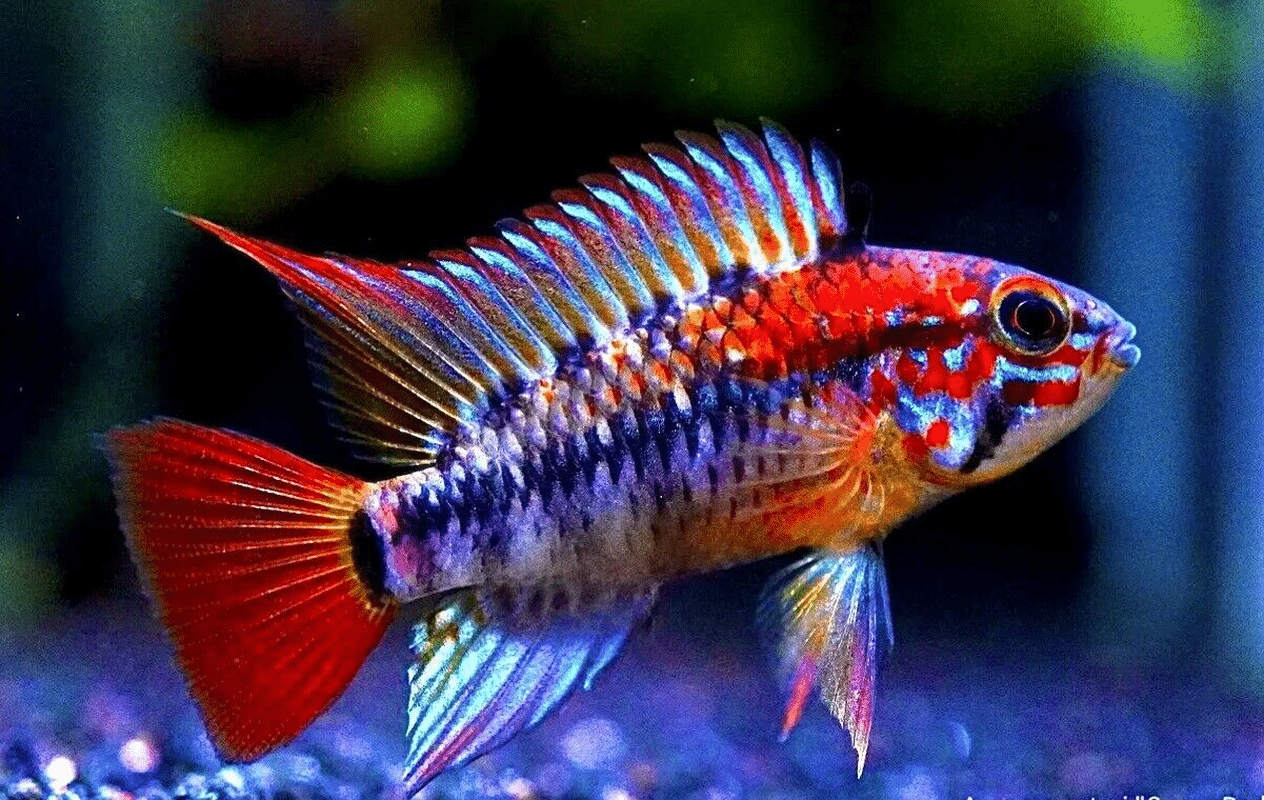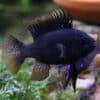To provide the best experiences, we use technologies like cookies to store and/or access device information. Consenting to these technologies will allow us to process data such as browsing behaviour or unique IDs on this site. Not consenting or withdrawing consent, may adversely affect certain features and functions.
The technical storage or access is strictly necessary for the legitimate purpose of enabling the use of a specific service explicitly requested by the subscriber or user, or for the sole purpose of carrying out the transmission of a communication over an electronic communications network.
The technical storage or access is necessary for the legitimate purpose of storing preferences that are not requested by the subscriber or user.
The technical storage or access that is used exclusively for statistical purposes.
The technical storage or access that is used exclusively for anonymous statistical purposes. Without a subpoena, voluntary compliance on the part of your Internet Service Provider, or additional records from a third party, information stored or retrieved for this purpose alone cannot usually be used to identify you.
The technical storage or access is required to create user profiles to send advertising, or to track the user on a website or across several websites for similar marketing purposes.



















Jessica Reynolds (verified owner) –
I’ve been an aquarium enthusiast for over five years, and I recently welcomed the Apistogramma Macmasteri «Red Mask» into my tank, and I couldn’t be happier! These little beauties are not only stunning with their vibrant red masks, but their personalities are equally captivating. After about two months of observing them, I’ve noticed how they interact with their environment, claiming little territories and displaying their colors in the most delightful ways.
In comparison to other dwarf cichlids I’ve kept, the Red Mask is particularly engaging and less aggressive, making them perfect for a community tank. I’ve paired them with some peaceful tetras and they coexist beautifully. It’s heartwarming to see them thrive in a well-planted aquarium with plenty of hiding spots—ensuring they feel secure.
One piece of advice: be sure to maintain stable water conditions, as these freshwater fish prefer a slightly acidic pH. Minor concern? They can be a bit shy at first, so give them time to adjust. Overall, I highly recommend the Red Mask Dwarf Cichlid to any caring fish parent looking to add some color and charm to their aquarium—it’s been a fantastic experience for me!
Emily Carter (verified owner) –
I recently added the Apistogramma Macmasteri «Red Mask» to my peaceful community tank, and I couldn’t be happier! These little beauties have transformed my aquarium into a vibrant oasis. It’s been about six weeks since introducing them, and their colors are absolutely mesmerizing, especially during feeding time. They dart around with such personality! I also love how they tend to stay towards the mid-level of the tank, making them the perfect centerpiece for my aquascape. They get along well with my other freshwater fish, which is a huge plus, especially for a community setup.
Compared to other dwarf cichlids I’ve kept, these have a much more engaging demeanor. While I did notice they can be a bit shy at first, providing them with some hiding spots really helped bring them out of their shells. I recommend this stunning tropical fish to anyone looking to add a splash of color and charm to their tank. Just be sure to keep an eye on water quality and maintain a peaceful environment so they thrive. Overall, a fantastic addition to any aquarium enthusiast’s collection!